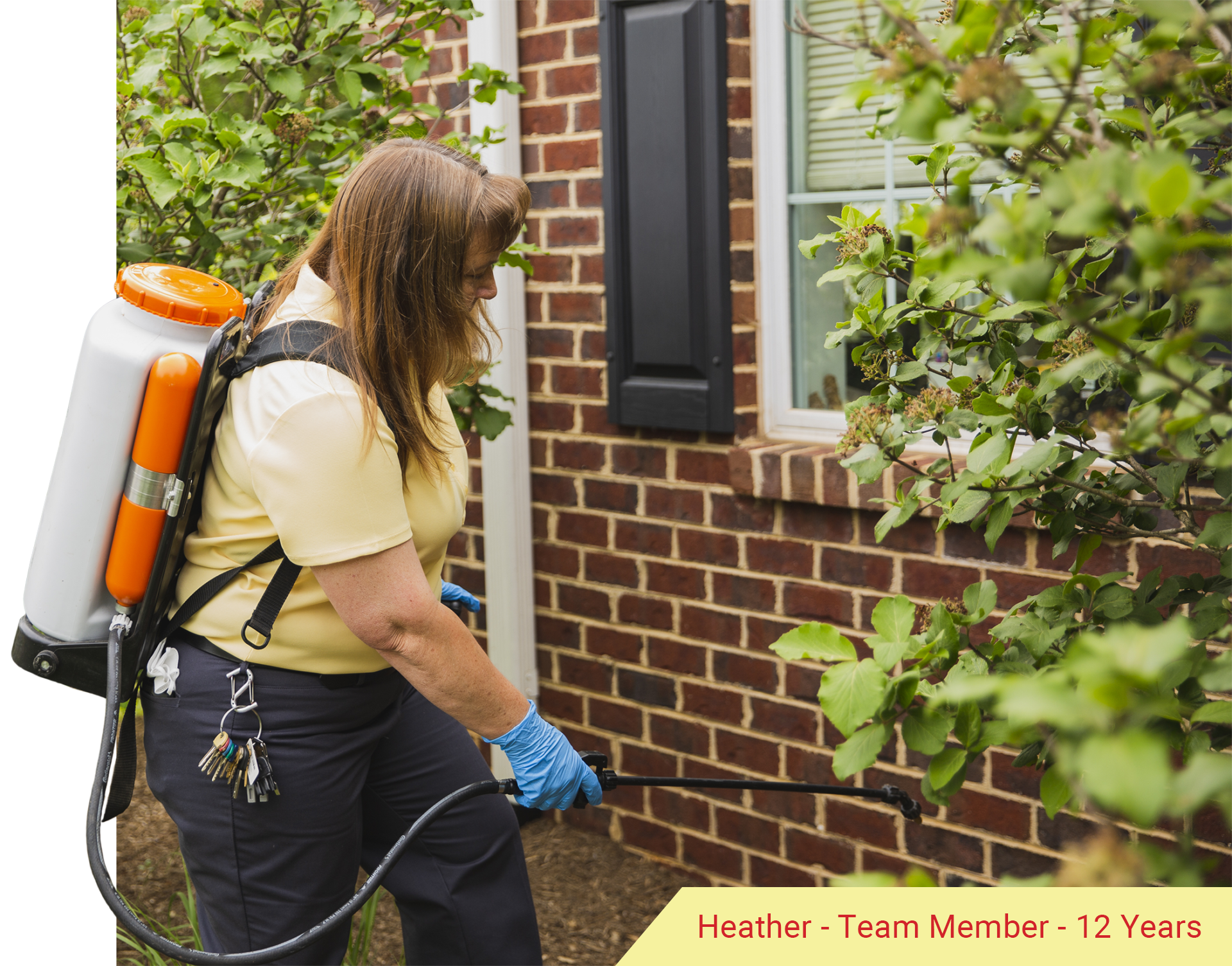How to Get Rid of Termites
The first step to ridding your home or property of termites is identifying the kind of termite you are dealing with. In the eastern United States, the most common types of termites you’ll encounter are drywood termites and subterranean termites. You may also occasionally encounter formosan termites or dampwood termites depending on the season and overall climate. Regardless of what type of termite infestation you have on your hands, termites can wreak havoc on your home.
No do-it-yourself pest control techniques or store-bought pesticides will do much to a termite infestation. Termites can quickly take over and these pests are notoriously difficult to get rid of — and when it comes to protecting the integrity of your home, you don’t want to gamble on DIY methods. Since termites can cause significant damage to a home in record time, you should contact a professional as soon as you notice signs of termites.


